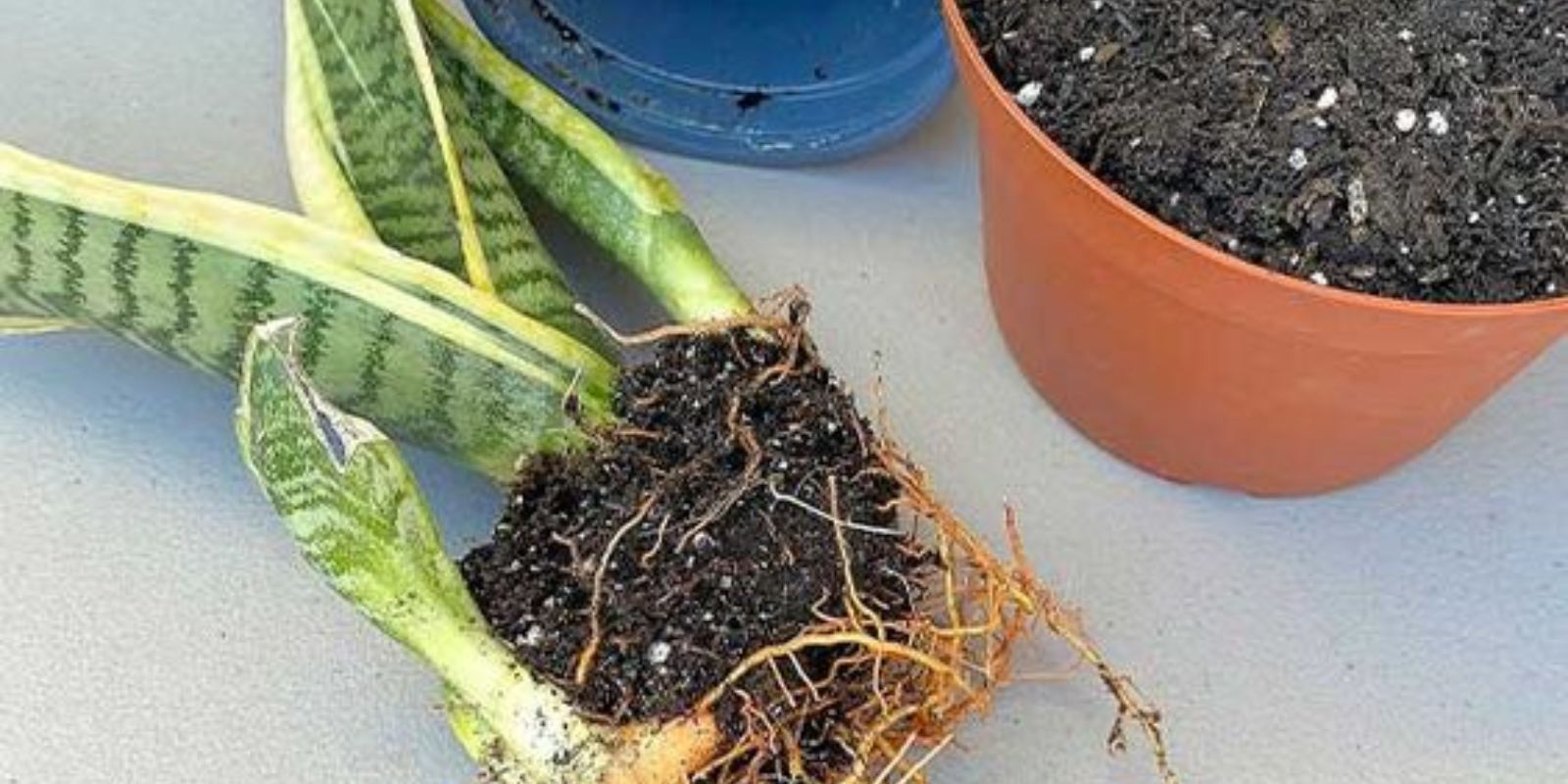Introduction:
In today’s fast-paced world, many people yearn for the tranquility that houseplants can bring to their living spaces, but often find themselves too busy to keep up with regular watering and maintenance. If you’re looking for a low-maintenance plant that can thrive with minimal care, the table snake plant (Sansevieria) is an excellent choice. This guide explores a unique, self-sustaining method of growing a snake plant in a way that virtually eliminates the need for watering.
Why Choose a Snake Plant?
Snake plants are popular for several reasons:
- Hardiness: Snake plants are resilient and can tolerate a variety of environmental conditions.
- Low Maintenance: They require minimal care, making them ideal for busy individuals.
- Air Purification: Snake plants are known for their ability to improve indoor air quality by removing toxins.
- Aesthetic Appeal: Their upright, sword-like leaves add a modern and stylish touch to any decor.
Understanding the Self-Sustaining Method:
The concept of growing a snake plant without regular watering involves creating a mini-ecosystem within a sealed container. This method leverages the plant’s natural ability to recycle moisture and nutrients, reducing the need for external intervention. Here’s how to set up this self-sustaining system:
Steps to Grow a Table Snake Plant Without Watering:
- Choose a Container:
Select a decorative, airtight glass container with a lid. The container should be large enough to accommodate the snake plant and allow for some growth. An airtight container is crucial as it will help maintain the internal humidity and create a self-sustaining environment.
- Add Pebbles:
Start by placing a layer of pebbles or small stones at the bottom of the container. This layer serves as the drainage system, preventing excess water from accumulating around the plant’s roots, which could cause rot.
- Insert Charcoal:
Add a layer of activated charcoal over the pebbles. Activated charcoal helps to keep the environment fresh by absorbing odors and toxins. It also prevents the growth of mold and bacteria, ensuring a healthy environment for the snake plant.
- Add Soil:
Next, add a layer of well-draining cactus or succulent soil mix. This type of soil is ideal for snake plants as it provides the necessary drainage and aeration. Fill the container with enough soil to cover the plant’s roots, but leave some space at the top to avoid overfilling.
- Plant the Snake Plant:
Carefully place the snake plant in the soil. Make sure the roots are adequately covered, and the plant is standing upright. Gently press the soil around the base of the plant to secure it in place. If needed, add more soil to ensure the plant is stable.
- Seal the Container:
Finally, close the container with its lid to create a sealed environment. This step is essential as it allows the creation of a self-sustaining mini-ecosystem. The sealed container will trap moisture, enabling the plant to recycle water through a natural process of condensation and evaporation.
How the Self-Sustaining System Works:
Once the container is sealed, the self-sustaining system begins to function. Here’s how it works:
- Moisture Cycle: Water from the soil and the plant’s leaves evaporates and condenses on the walls of the container. This moisture then drips back into the soil, keeping it consistently moist.
- Nutrient Recycling: Dead leaves and organic matter within the container break down, releasing nutrients back into the soil. The plant absorbs these nutrients, reducing the need for external fertilization.
- Humidity Control: The sealed environment maintains a high level of humidity, which is beneficial for the snake plant’s growth. The plant’s natural ability to tolerate low light and varying temperatures makes it well-suited for this method.
Tips for Success:
To ensure the success of your self-sustaining snake plant, follow these additional tips:
- Initial Watering: Before sealing the container, give the soil a light watering. Ensure that the soil is damp but not soggy. This initial moisture will kickstart the self-sustaining cycle.
- Light Requirements: Place the container in a location with bright, indirect light. Avoid direct sunlight, as it can cause the internal temperature to rise, potentially harming the plant.
- Temperature Control: Keep the container in a room with a stable temperature. Snake plants prefer temperatures between 60°F and 85°F (15°C to 29°C). Avoid placing the container near heat sources or drafty areas.
- Monitoring: Occasionally check the container to ensure the environment is stable. If you notice excessive condensation or mold growth, briefly open the lid to allow some air circulation and adjust the conditions as needed.
- Pruning: Remove any dead or yellowing leaves to maintain the plant’s health and appearance. Pruning also helps to prevent mold and bacteria buildup inside the container.
Creative Ideas for Display:
Enhance the aesthetic appeal of your self-sustaining snake plant with these creative display ideas:
- Decorative Containers: Choose a glass container with an interesting shape or design to add a decorative element to your space.
- Layered Soil: Create visual interest by layering different colored sands or gravels at the bottom of the container before adding the soil.
- Miniature Landscapes: Add small decorative elements like stones, shells, or miniature figurines to create a unique mini-landscape inside the container.
- Grouping: Group multiple self-sustaining containers with different plants to create a cohesive and attractive display. This can be especially effective on a windowsill or a dedicated plant shelf.
Conclusion:
Growing a table snake plant without the need for regular watering is a fascinating and practical way to enjoy the beauty of houseplants with minimal effort. By setting up a self-sustaining mini-ecosystem, you can create a low-maintenance and visually appealing addition to your home. This method not only saves time and water but also provides a unique and stylish way to display your snake plant. Ready to try this innovative approach? Follow these steps and watch your snake plant thrive with little to no intervention, bringing a touch of nature’s wonder into your home! 🌿🌵

